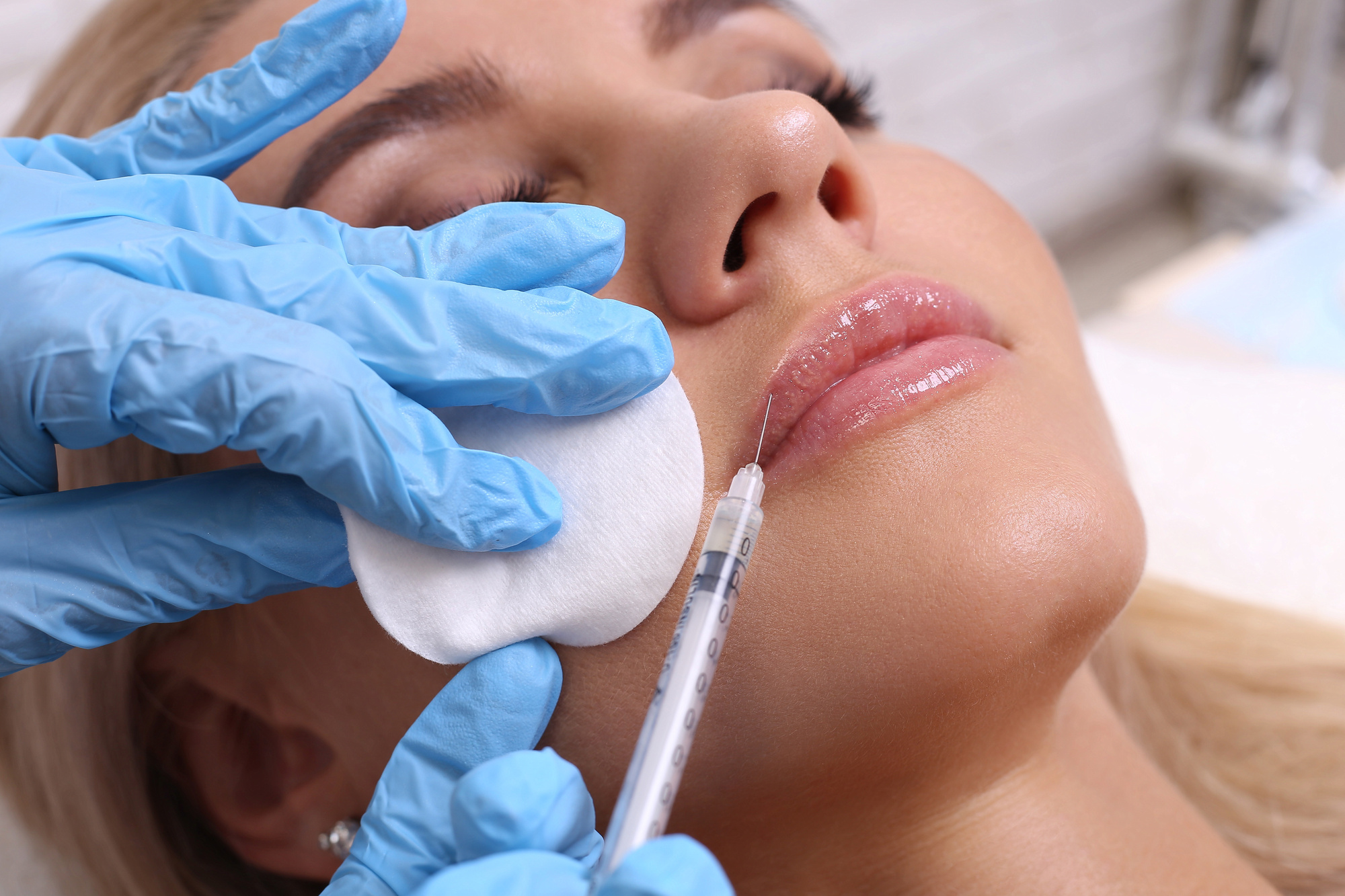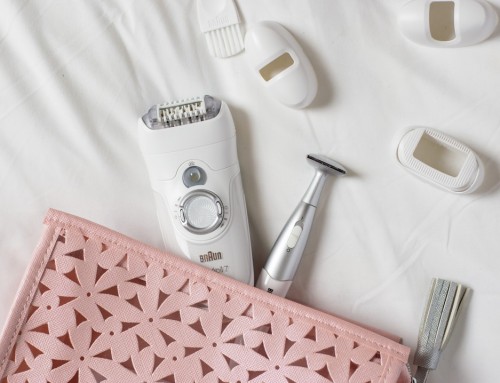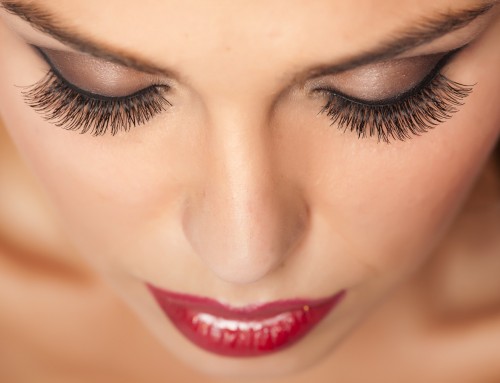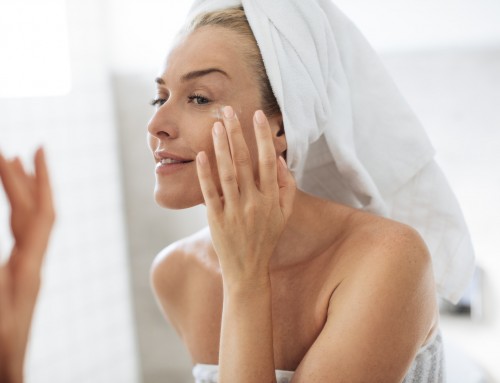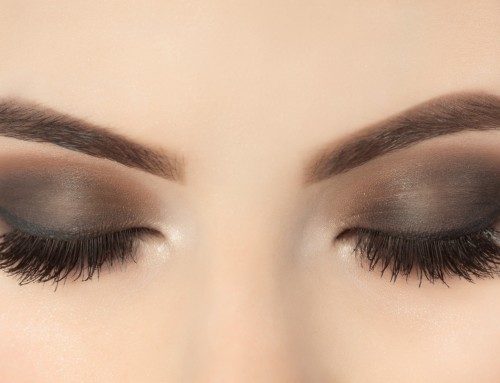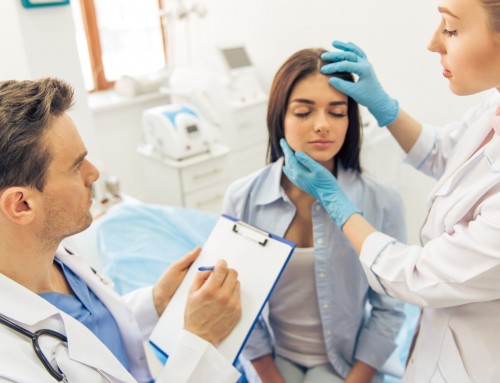A full pout is the essence of a youthful look, so it’s no wonder that lip fillers are the most popular treatments type in the world of beauty.
Celebrities love the full-lipped look for good reason: it helps you look younger, fresh-faced, gives you a lovely smile, and – of course – makes you totally kissable.
Before you follow in the footsteps of the Kardashians, however, make sure you are totally informed about all things lip filler. Here’s everything you need to know to choose the best type of filler for your needs.
Everything You Ever Needed to Know About Lip Fillers
When you feel informed about your dermal filler treatment, it’s easier to make the best decisions for your needs. Here are the most commonly asked questions about lip fillers, answered.
1. What Are Lip Fillers Made From?
There are two different types of dermal filler used for the lips: collagen and hyaluronic acid. Both collagen and hyaluronic acid are natural chemicals that occur in the body.
There are other types of dermal filler available for other areas of the face, but they aren’t suitable for lip augmentation.
2. Which Dermal Filler Should I Choose?
The most popular type of lip injection these days is hyaluronic acid, often known by brand names such as Juvederm or Restylane.
Collagen injections are still used, but some people are allergic to the bovine elements of the treatment. The results also don’t last as long as hyaluronic acid-based injections.
3. How Much Do Fillers Cost?
Dermal fillers are sold by the amount of filler used in the treatment, starting at as little as 0.5ml. The cost depends on how much filler is required, and also which formulation is used.
Some fillers, such as Juvederm, have several versions where the solution is thicker than others. The thicker solutions cost more.
You can expect to pay around $650 for your first lip filler treatment, depending on which filler you choose and where you go for your treatment.
Do not ever be tempted to try doing your filler yourself to save money – you must go to a registered technician who is qualified.
4. How Long Do Fillers Last?
Collagen lip fillers last about three months, whereas hyaluronic acid fillers typically last five to six months.
The time it takes for your body to absorb and break down the filler will depend on your own personal circumstances, and also on how much filler you had injected.
5. I Don’t Want a ‘Fake Lips’ Look – Is That Possible?
The great thing about today’s lip fillers is that you can customize the look with ease. If you just want a slightly more plump mouth, then you only need a small amount of filler for the desired effect.
Talk to your treatment provider to make sure they are clear about the final look you’re after.
6. What Are the Risks?
Both collagen and hyaluronic acid are natural substances, but there are still some risks involved, just like any beauty treatment.
Collagen can result in allergic reactions, which is why most people now opt for hyaluronic acid fillers instead.
There are still risks with hyaluronic acid fillers, however. An asymmetrical finish is not uncommon but can be fixed with further treatment.
There is a very low risk of allergic reaction, but this should still be taken into account. Your consultant will also advise if your medical conditions, such as open sores, diabetes, or other health problems may affect your ability to have fillers, or if your healing time will be longer than usual.
Finally, there is a risk of the filler blocking off vital blood vessels in the lip. The therapist will be trained to spot this, as it will be obvious during the treatment if it happens.
There is a way to reverse hyaluronic acid fillers so if this does happen, your therapist will be able to prevent damage to your lip by dissolving the filler.
7. What Should I Expect at My Treatment Session?
Your treatment therapist will talk to you about the look you’re after. They’ll run through all of the health risks and make sure you’re happy to go ahead.
They’ll apply a numbing cream to the lip area and wait for this to take effect, which is usually around ten minutes.
Next, the injections are done. The syringe is inserted at several equal points around the lip and minute amounts of the filler are injected. The therapist will gently massage your lip to help spread the filler more evenly to get the desired effect.
Once complete, you’re able to leave the appointment and go about your daily business.
8. Do Lip Injections Hurt?
The numbing cream will reduce the pain you feel but not eliminate it entirely. You may feel a slight pinch during the injections, but it will be tolerable.
The post-injection swelling can feel more painful, however, as your lips will feel tight while they adjust to the added volume. This will go down after a few days.
9. Do Dermal Injections Cause Bruising?
The swelling caused by the treatment may cause some bruising, as will the injection sites.
However, your skin will soon return to normal. You can try applying ice for ten minutes on, ten minutes off for a few hours after the treatment to reduce the risk of severe bruising. If you know you bruise easily, you can also ice the area immediately before your fillers are injected.
Most bruising caused by lip fillers will go down within one to two weeks and can be covered up with makeup.
10. Are Fillers Reversible?
If you have your fillers done and, after allowing the swelling to go down, you feel the look just isn’t you – don’t panic! You don’t have to wait six months for your normal lips to return.
Hyaluronic acid fillers can be reversed. A chemical, called hyaluronidase, can be injected into the lips to dissolve the filler. Of course, this means going through some more injections and a little bit of post-injection swelling, but the end result is your natural pout and nothing else.
More Cosmetic Surgeries to Try
Lip fillers are the “gateway treatment” for many women. Once they see how easy and (relatively) painless it is to look your absolute best, they’re tempted to try other cosmetic surgery options, too.
From tummy tucks to rhinoplasty, there are many ways to change your appearance and feel like your best self. If you’ve been bitten by the cosmetic surgery bug, make sure to read our guide on the best treatments to try.

